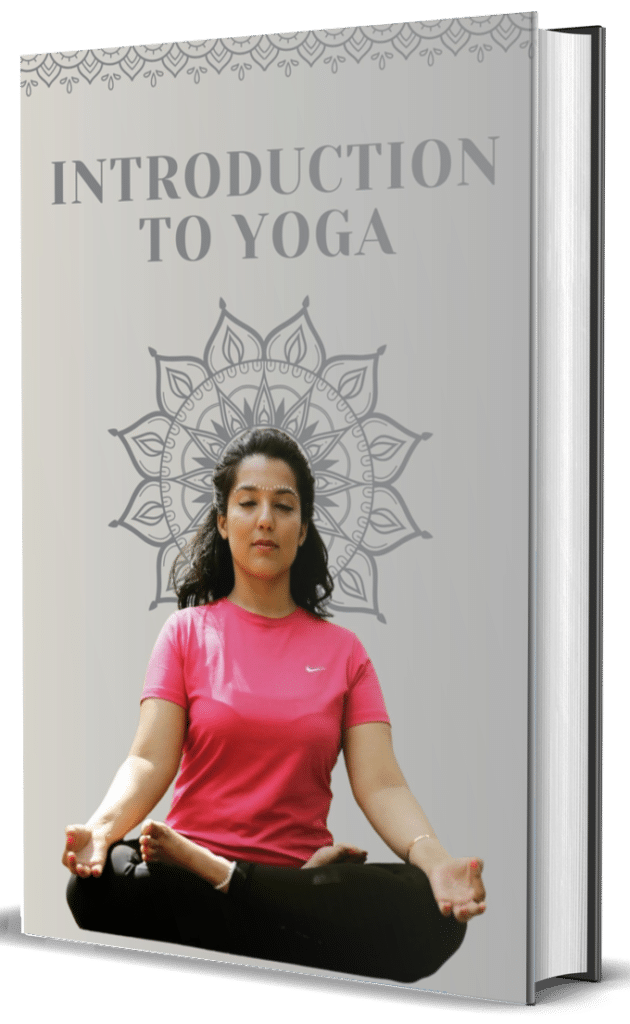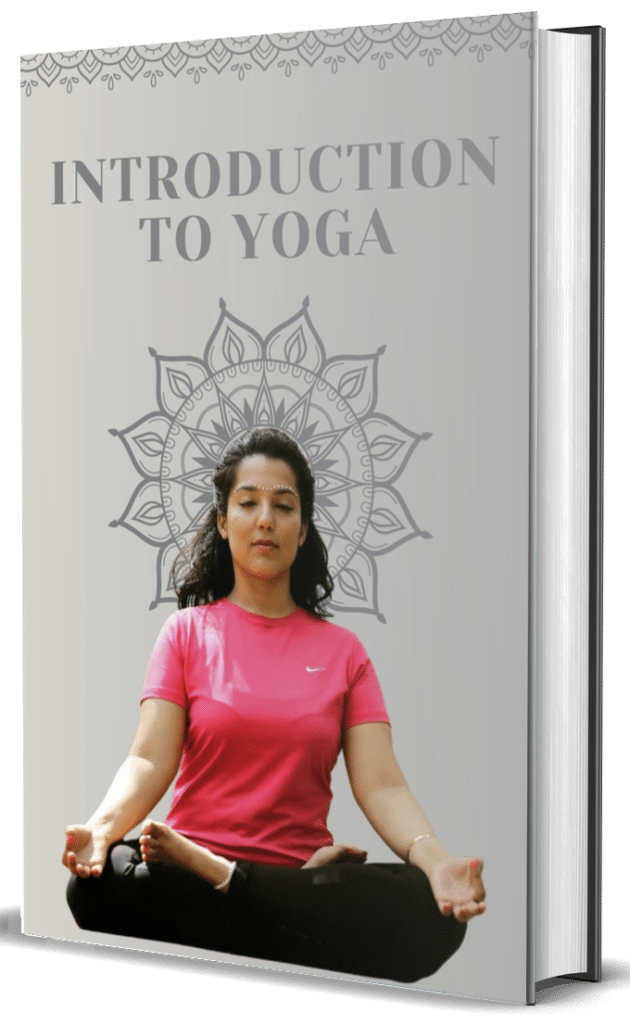Mula Bandha, commonly translated as the Root Lock, is a subtle yogic technique that involves the conscious contraction of the pelvic floor muscles to direct and contain vital energy within the body. The term comes from two Sanskrit words: “mula” meaning root or source, and “bandha” meaning lock, bond, or seal. This practice is considered one of the three main bandhas (energy locks) in hatha yoga, along with Uddiyana Bandha (abdominal lock) and Jalandhara Bandha (throat lock).
Anatomically, Mula Bandha involves contracting and lifting the perineum—the region between the genitals and anus—and the entire pelvic floor muscular complex. When properly executed, the practitioner experiences a subtle lifting sensation at the center of the pelvic floor, activating what yogic texts describe as the root of the subtle energetic channel (sushumna nadi) through which kundalini energy rises.
In traditional yoga philosophy, Mula Bandha serves multiple purposes. It prevents the downward leakage of apana vayu (the downward-moving energy current), redirecting this energy upward to unite with prana vayu (the upward-moving energy current) in the navel region. This energetic merging is said to ignite the digestive fire (agni) and eventually awaken kundalini energy at the base of the spine. The practice is also closely associated with Muladhara Chakra, the root energy center.
Beyond its energetic functions, Mula Bandha offers several physiological benefits. The engagement of the pelvic floor muscles helps stabilize the lower back and pelvis, potentially reducing lower back pain and improving postural alignment. Regular practice strengthens the pelvic floor, which can improve bladder control and reproductive health. The subtle contraction also stimulates the parasympathetic nervous system, promoting a calm yet alert state of mind.
In contemporary yoga practice, Mula Bandha is incorporated in various ways. During asana practice, it creates core stability, supports safe movement, and deepens the internal awareness of subtle sensations. In pranayama, it helps contain and direct breath energy. In meditation, it supports an upright seated posture and enhances concentration. Advanced practitioners often maintain a subtle engagement of Mula Bandha throughout their practice, while beginners might practice it initially as an isolated technique before integrating it more continuously.



